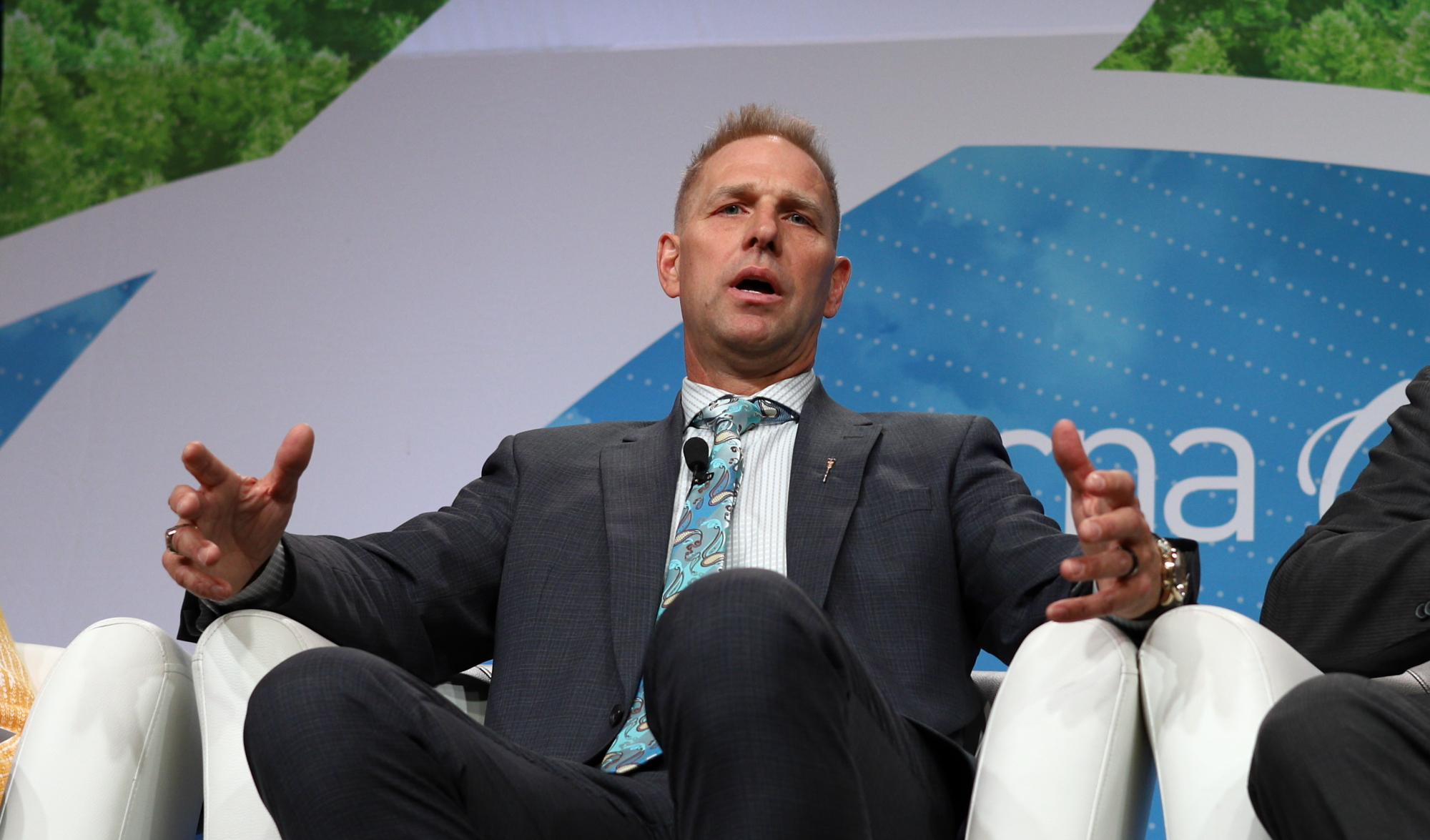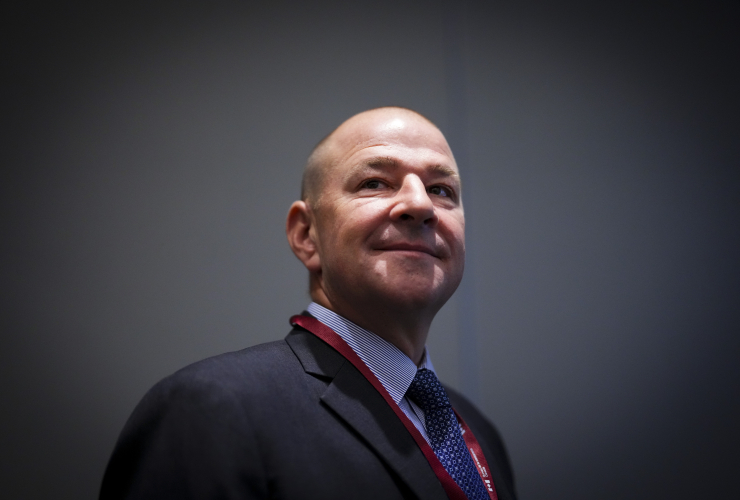Alberta’s new restrictions on renewable energy development could prohibit billions of investments in proposed wind and solar projects, according to a new analysis from an Alberta-based think tank.
Nine renewable projects valued at $1.7 billion are awaiting regulatory approval and under the province’s new rules could be prohibited, according to the Pembina Institute’s analysis published March 11. Another 33 proposed renewable projects, valued at $9.5 billion, less further along in the development process could also be impacted, it found.
Alberta Premier Danielle Smith announced the renewable energy restrictions on Feb. 28.
One of the rules prohibits renewable development on certain agricultural land — roughly 11 per cent of Alberta’s land — unless the project developer can prove the renewable project can coexist with crops and livestock. These agricultural restrictions could impact 36 solar projects and six wind projects, according to Pembina Institute’s analysis. Of those proposed projects, eight solar projects and one wind project are already awaiting approval from Alberta’s Utilities Commission. Combined, all the proposed projects at risk from the new restrictions would add 6.3 gigawatts (GW) of renewable energy generation to Alberta’s grid, which would nearly double the province’s current renewable capacity, according to the Pembina Institute.
“These are projects that are not subsidized, they represent private investment into the province [and] they will help make electricity cheaper for Albertan consumers,” said Jason Wang, a senior analyst with the Pembina Institute and one of the authors of the analysis.
The renewables sector was thrown into a state of uncertainty this summer when the province paused renewable project approvals for seven months while it looked at the impact on land, the electricity grid, and more. The moratorium was lifted the same day the new restrictions were announced, but the rules lack important details and are keeping many investments in a state of uncertainty, said Wang.
For example, under the new rules, wind projects aren’t allowed within a 35-kilometre radius of protected areas and other “pristine viewscapes,” according to the province. Other renewable projects in that buffer zone may also be subject to a “visual assessment” before approval, according to the provincial government. The province has not released details on what will be considered “protected areas” or “pristine viewscapes.”
“There's still a lot of uncertainty over exactly what the government does mean,” said Wang. He said it's “a bit surprising” the government didn’t release more detail given the pause on renewables was seven months long.
The Canadian Parks and Wilderness Association mapped what this buffer zone would exclude based on provincial protected areas and parks and found it covered more than three-quarters of southern Alberta.
However, the premier said the map “is absolutely not accurate,” CTV News Calgary reported on March 1. Smith pointed to Jasper National Park, Banff National Park and Waterton Lakes National Park as examples of where the buffer zone will apply, noting other areas with “similar, majestic and tourism attributes” may be included.
"We are expediting the release of those maps, however, it's important to note that they are not a blanket ban on renewables like others have claimed,” said Affordability and Utilities Minister Nathan Neudorf in an emailed statement to Canada’s National Observer on March 11.
“The maps will focus on areas of significance, like our foothills, the Rocky Mountains, and UNESCO heritage sites," said Neudorf.
Because the government hasn’t clearly defined “protected areas” and “pristine viewscapes,” Pembina Institute’s analysis assumed only national parks will be subject to the buffer zone. The analysis shows only one proposed wind project in the buffer zone around national parks, but Pembina Institute will update its analysis when the government releases maps clarifying where is off limits, said Wang.
Oil, gas and coal projects have massive cleanup liabilities and a large footprint but are not subject to many of the restrictions being placed on the renewables sector, many environmental groups and politicians point out.
Pembina Institute wants to see “consistency across sectors,” said Wang.
“If these rules are important for the renewable sector, then surely they should be considered for the other sectors as well.” He added that even before the new rules, renewables were still subject to more restrictions than sectors like oil and gas and logging, for example.
“There's still no commitment by the government to apply … these types of rules to other sectors where those larger issues already exist,” said Wang.
— With files from John Woodside
Natasha Bulowski / Local Journalism Initiative / Canada’s National Observer
Updates and corrections
| Corrections policyA previous version of this article referred to one proposed solar project potentially impacted by the buffer zone. It is actually a wind project. This correction was made on March 12 at 4:55pm ET
Already cost us $10 billion,
Already cost us $10 billion, 1000s of construction and service jobs and failed in MD Pincher Creek to protect the view as windmills are there.
Plus when Smith approves her coal mine for Hydrogen created by natural gas she drop us down the hole even further.
There is more class 1 and class 2 land lost every year to urban, rural, industrial and roads than all renewables would use in a decade, and renewables can be removed.
You know, I feel like Smith
You know, I feel like Smith is getting a bad rap here. Of course she doesn't want ugly wind farms obstructing the view of her pristine, beautiful coal mines.






Comments